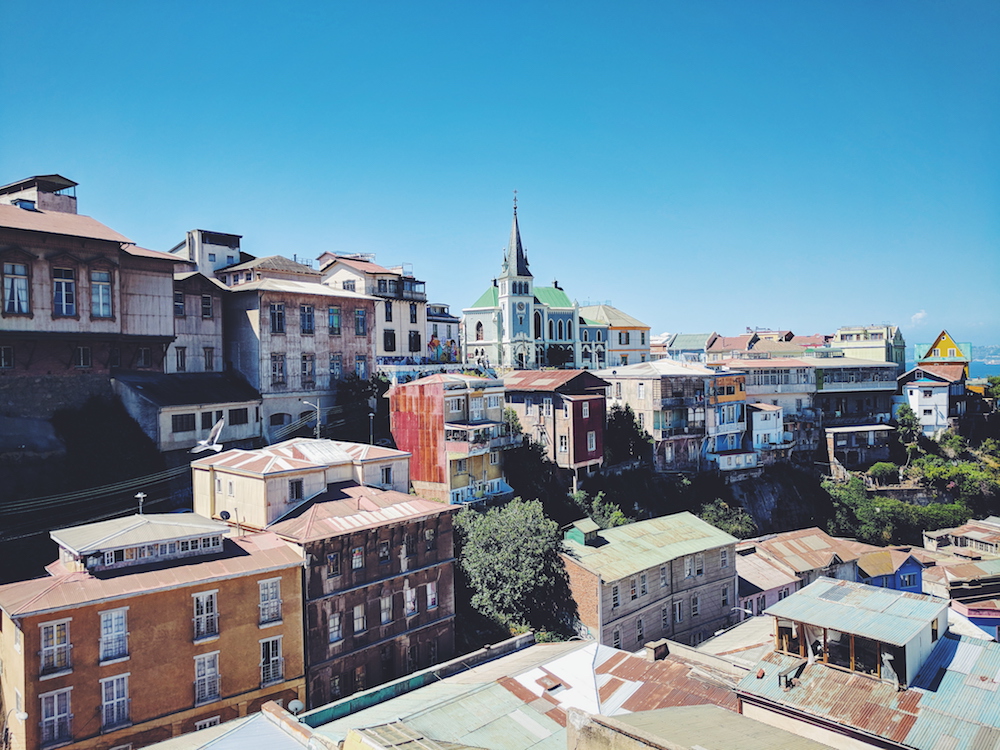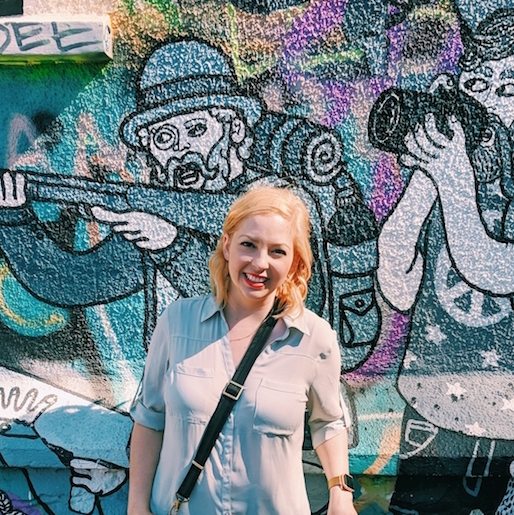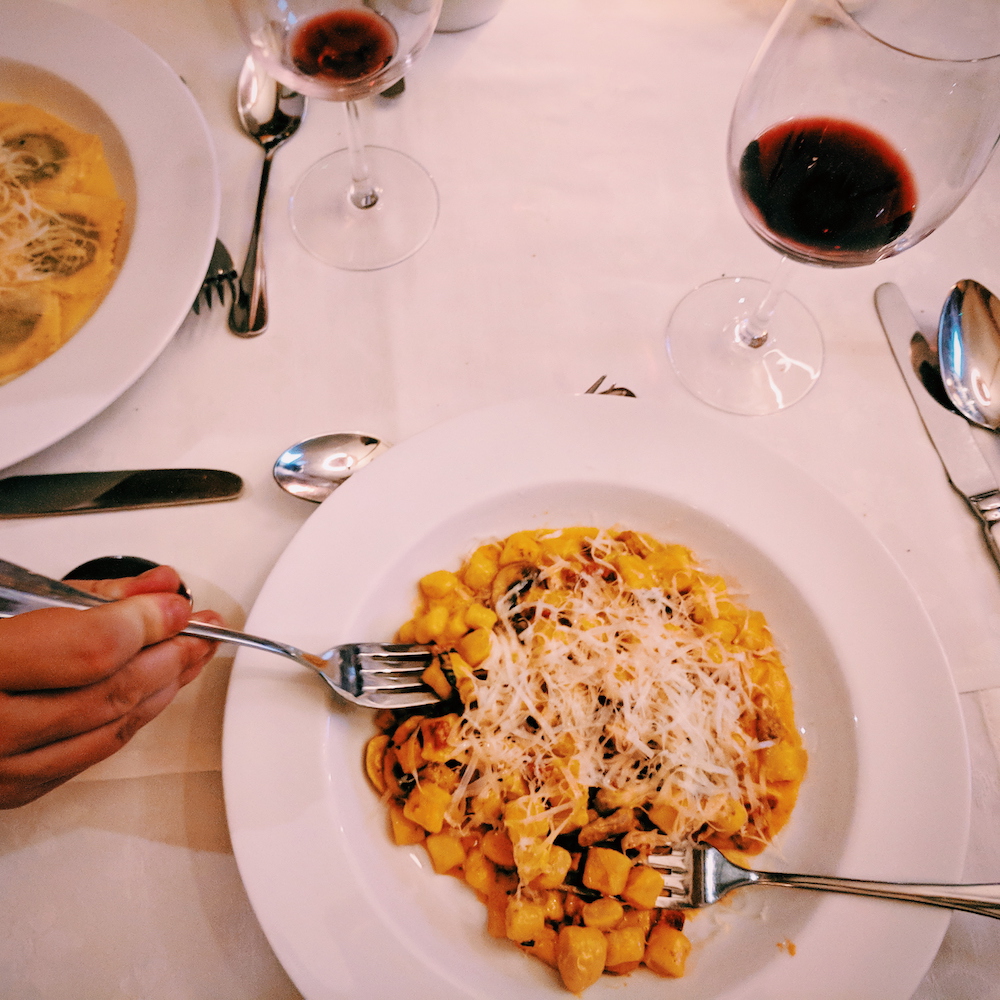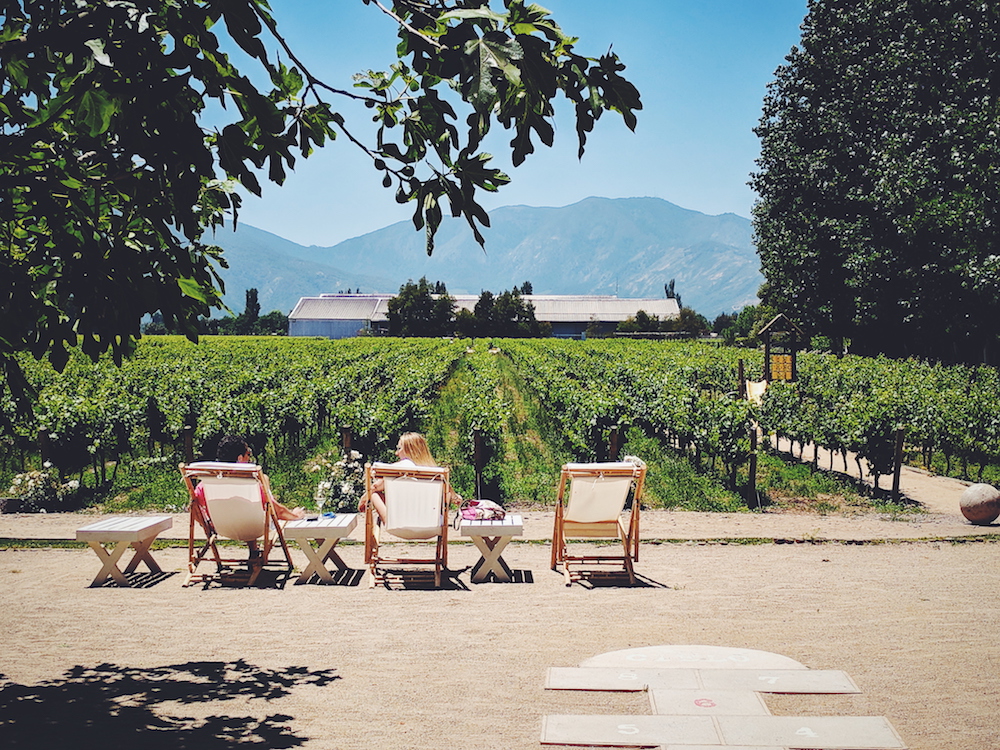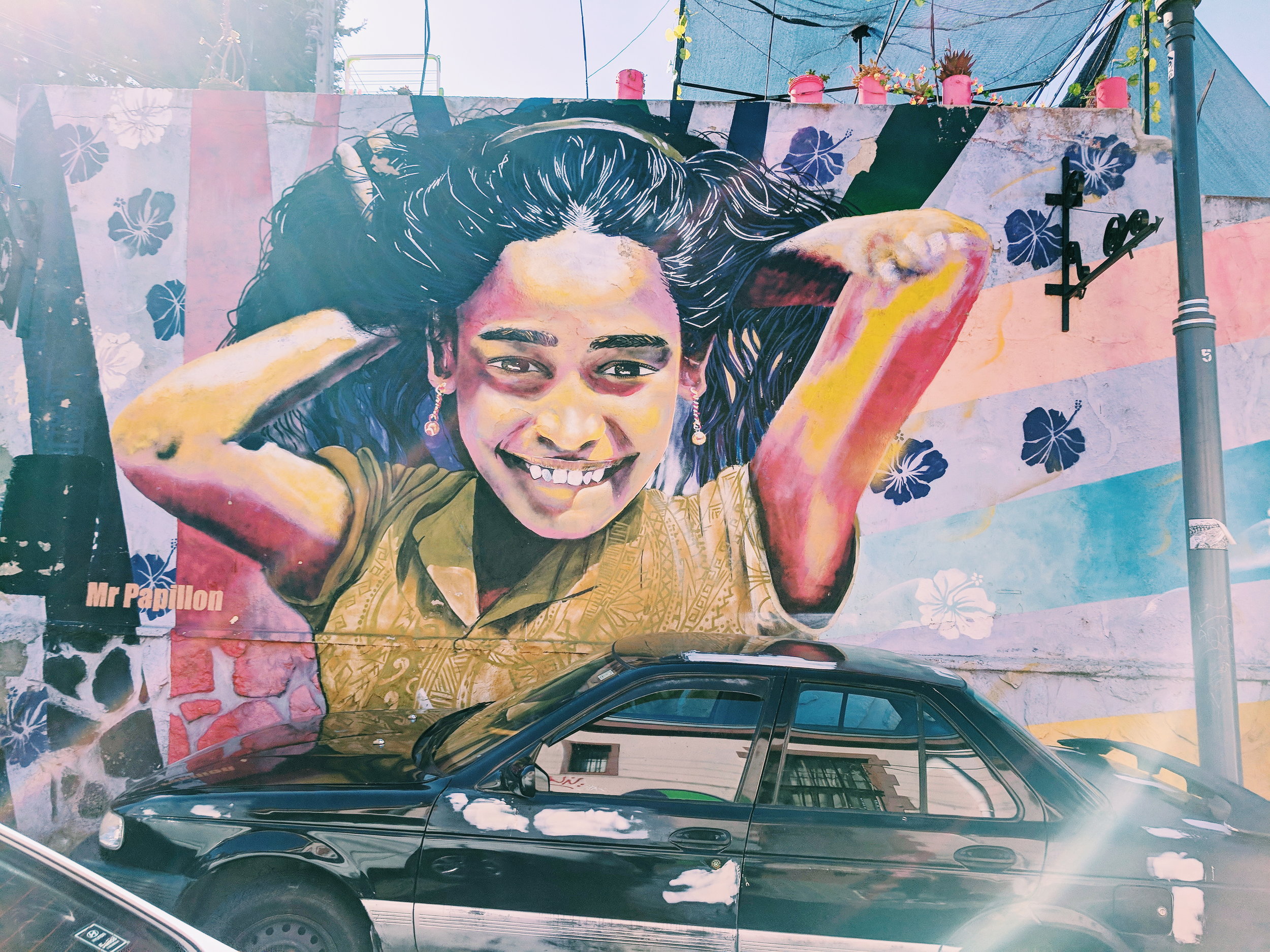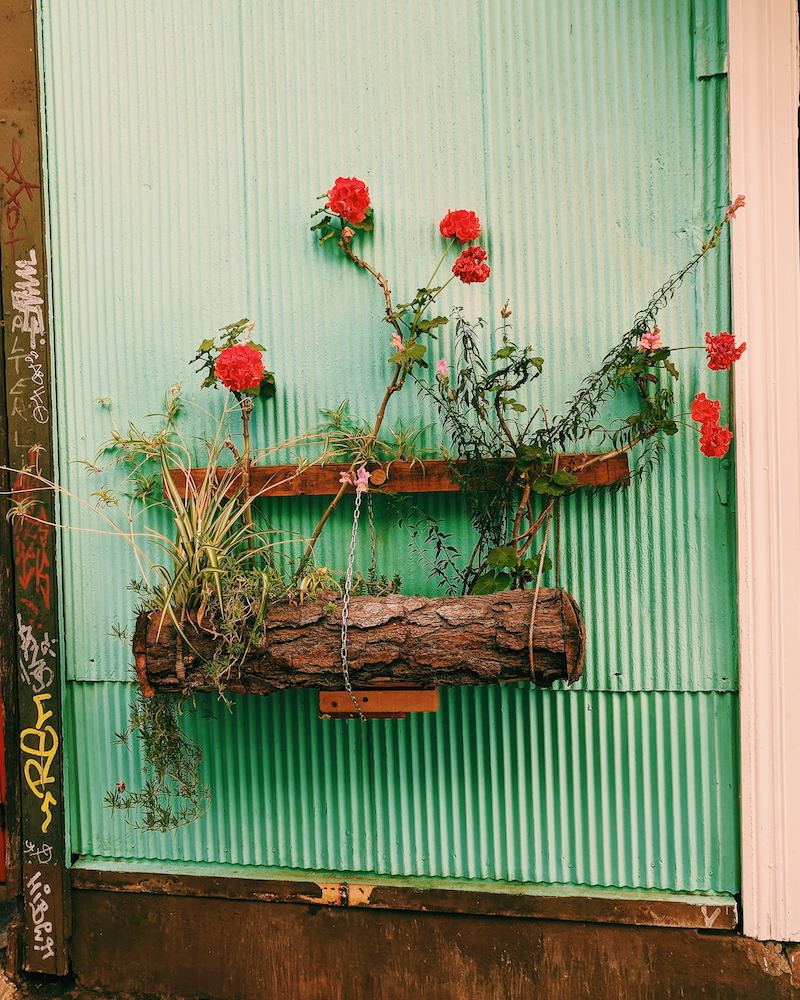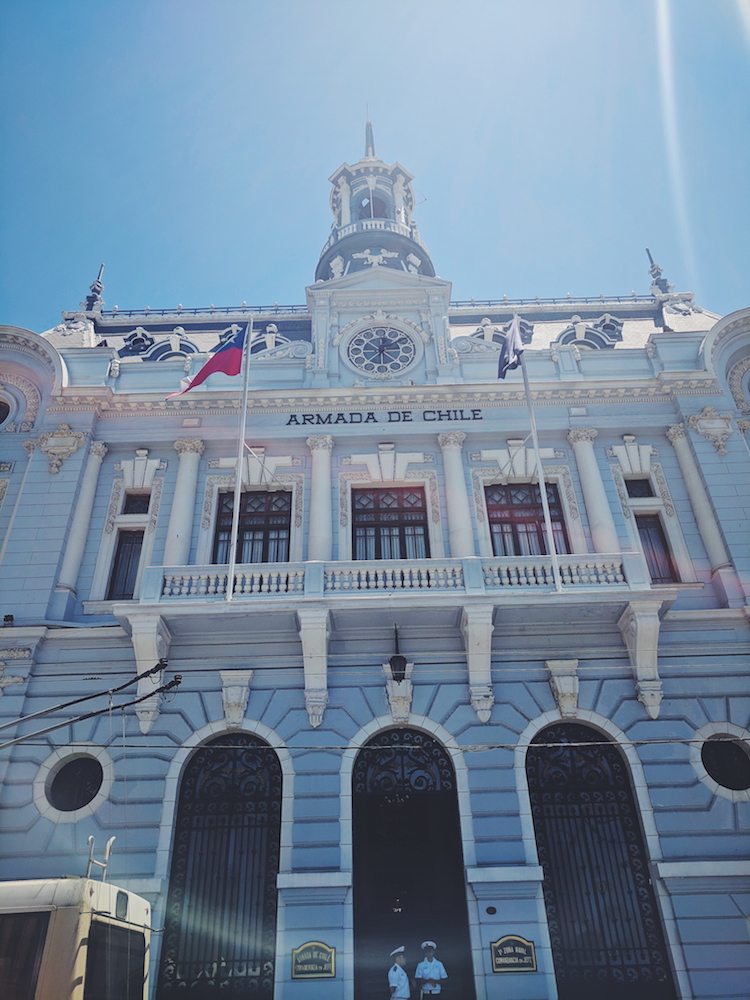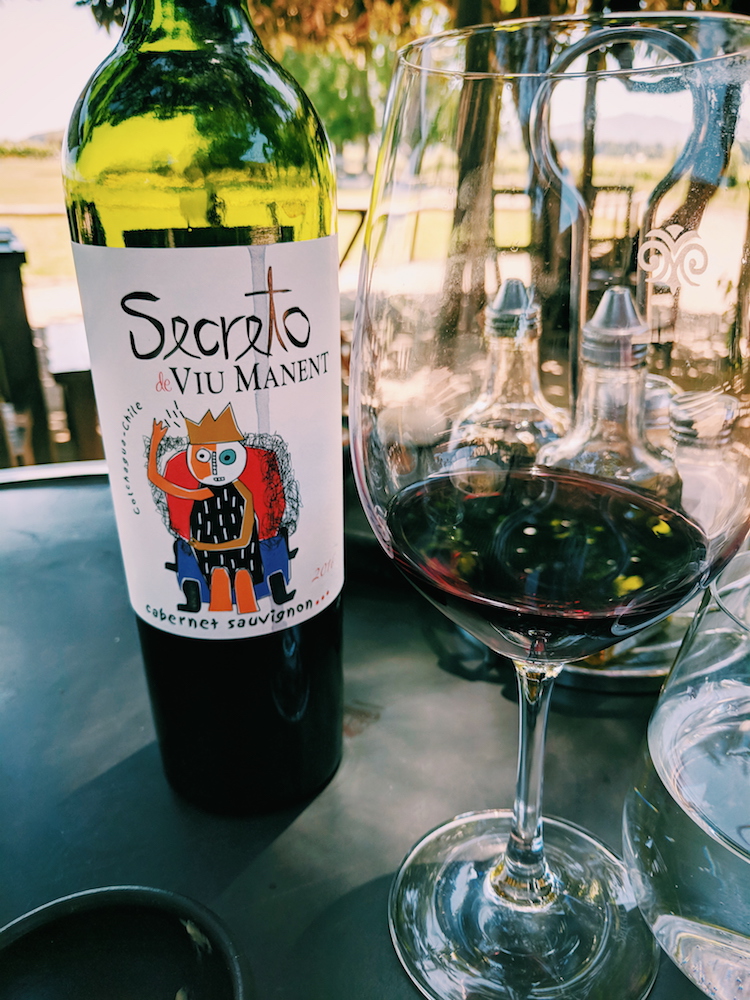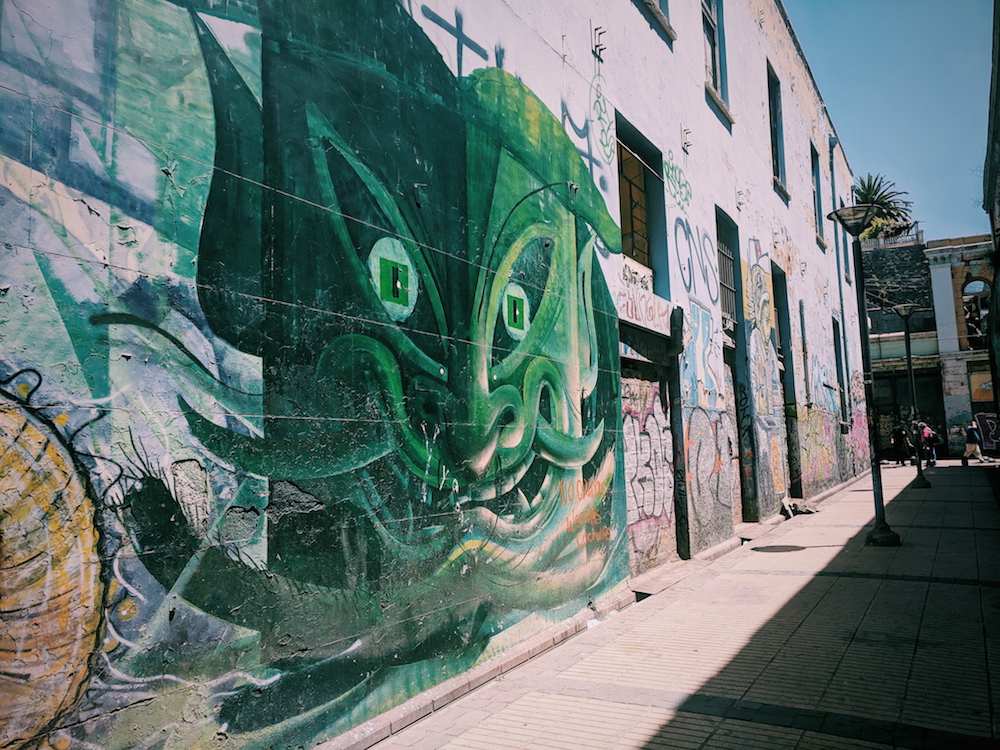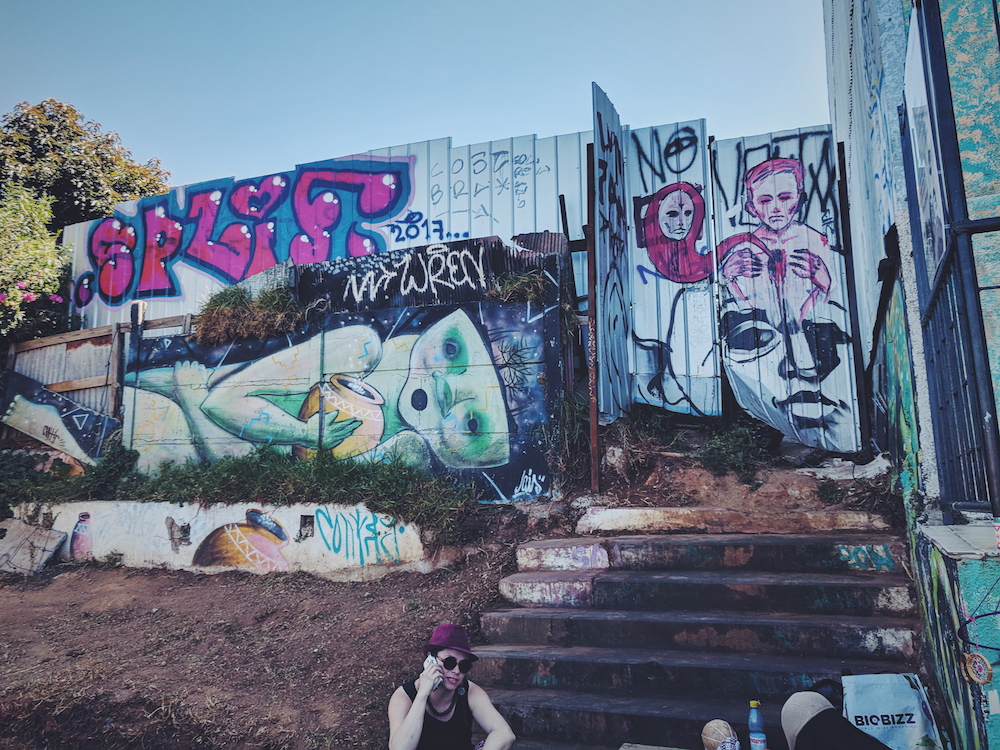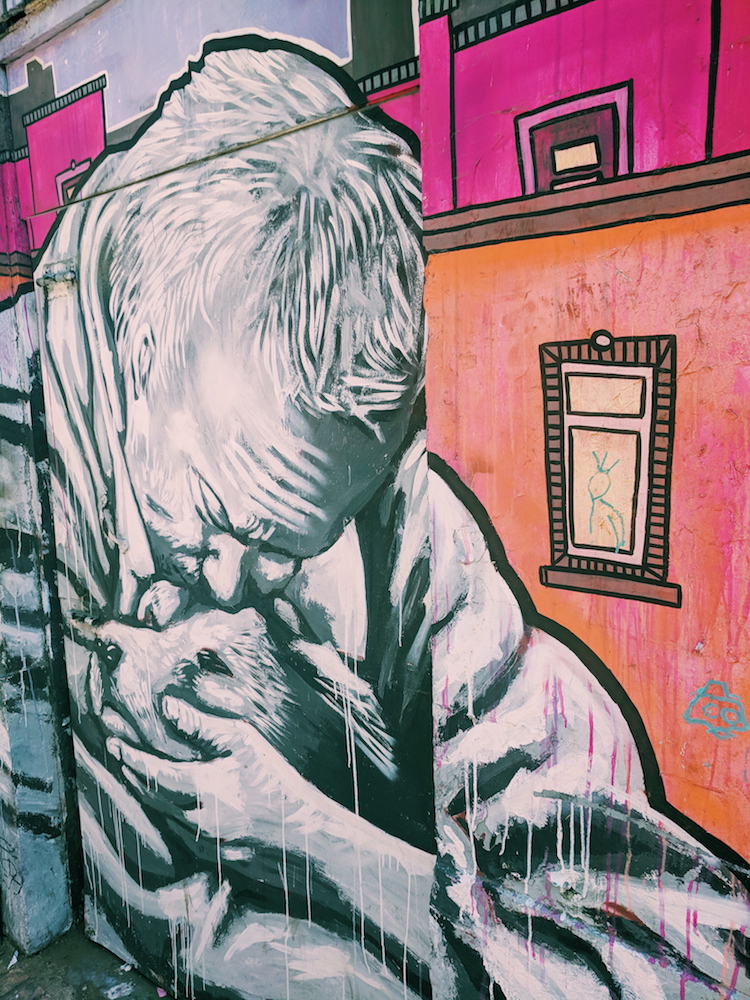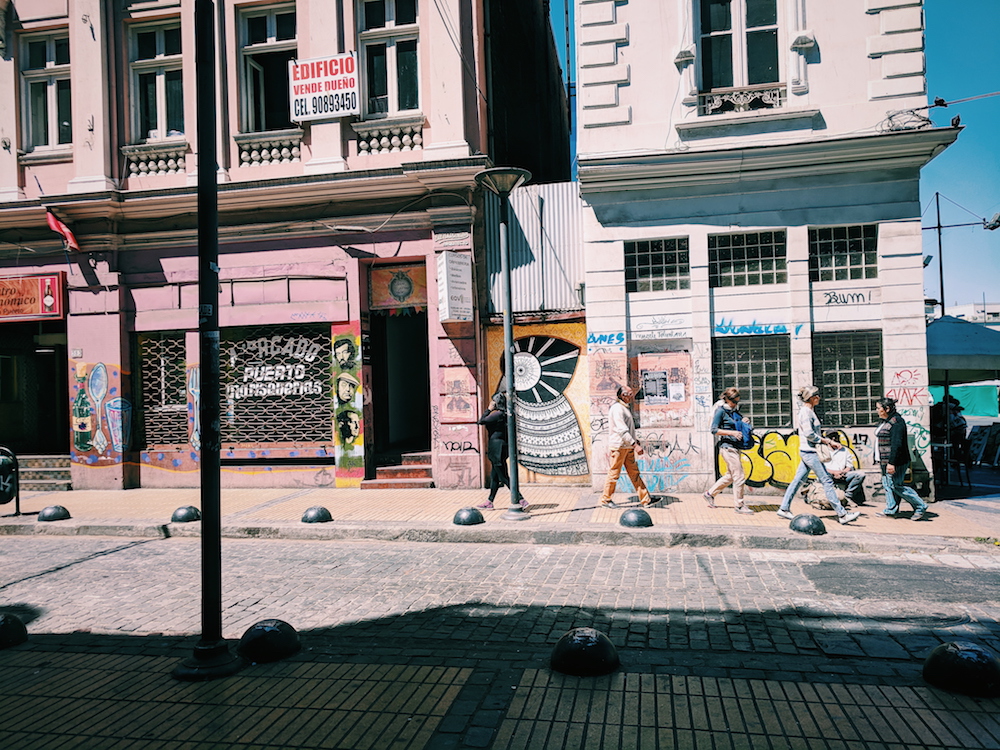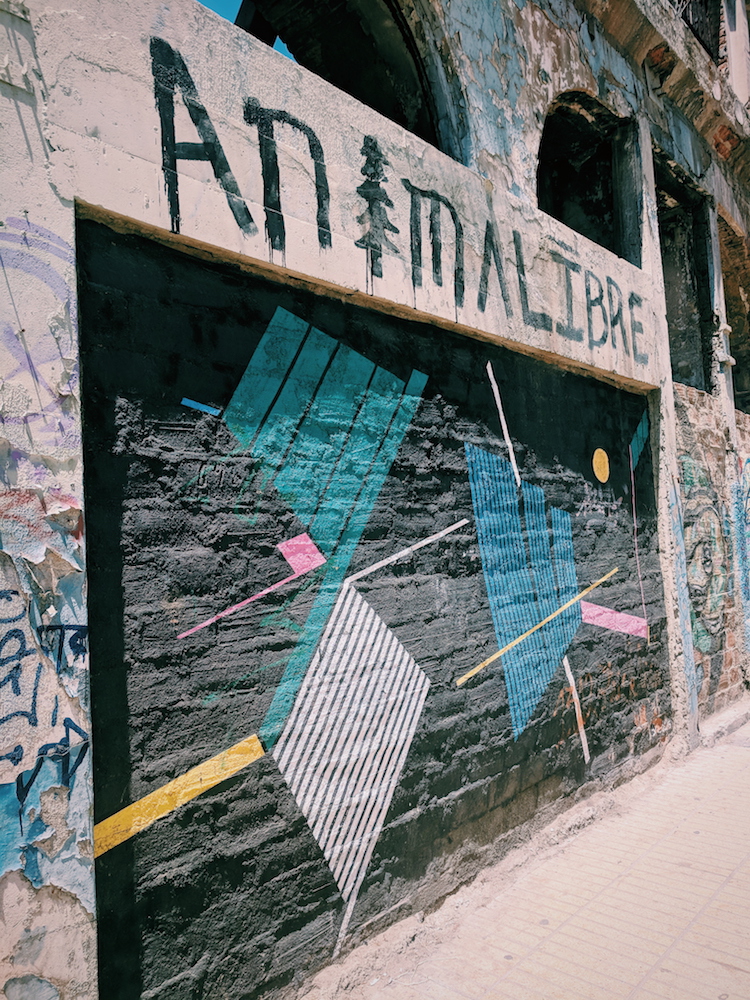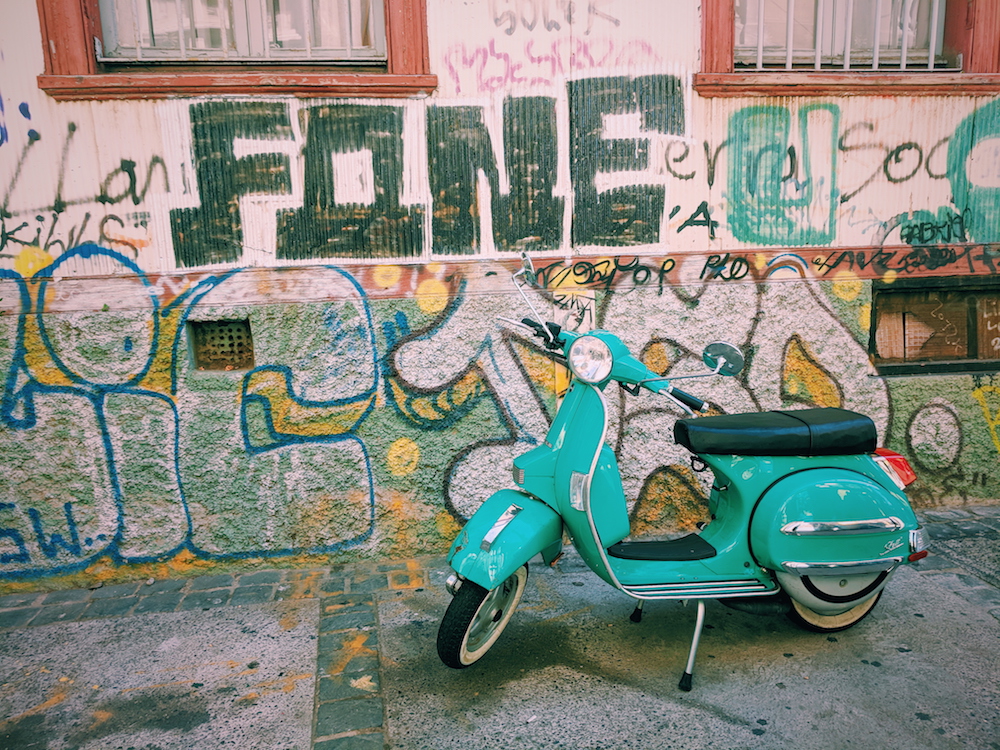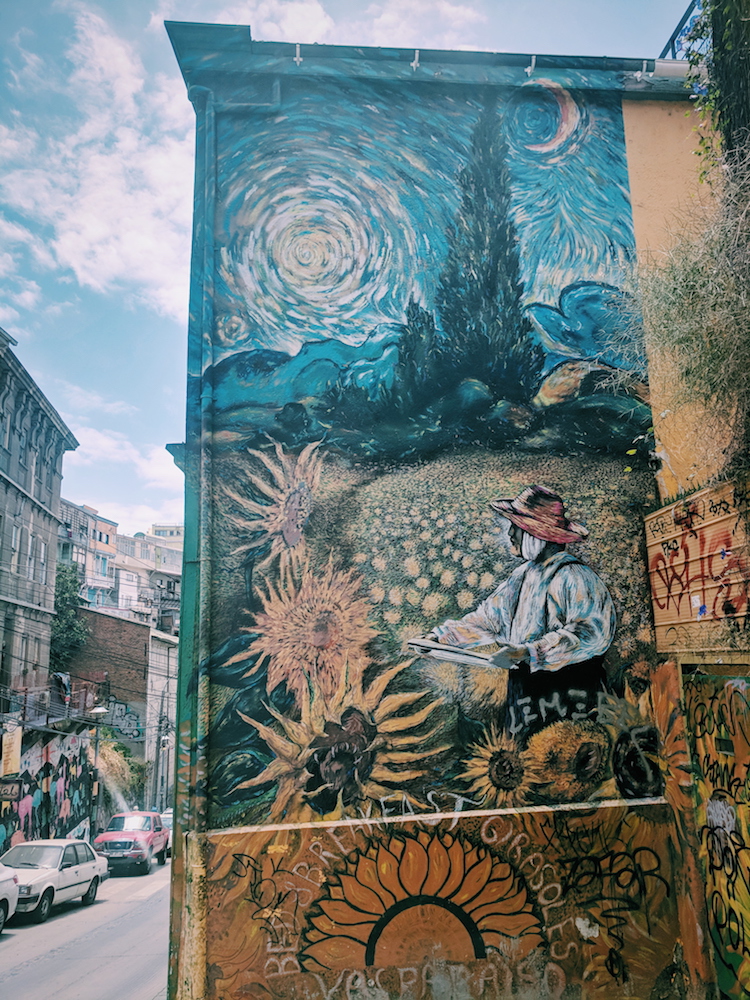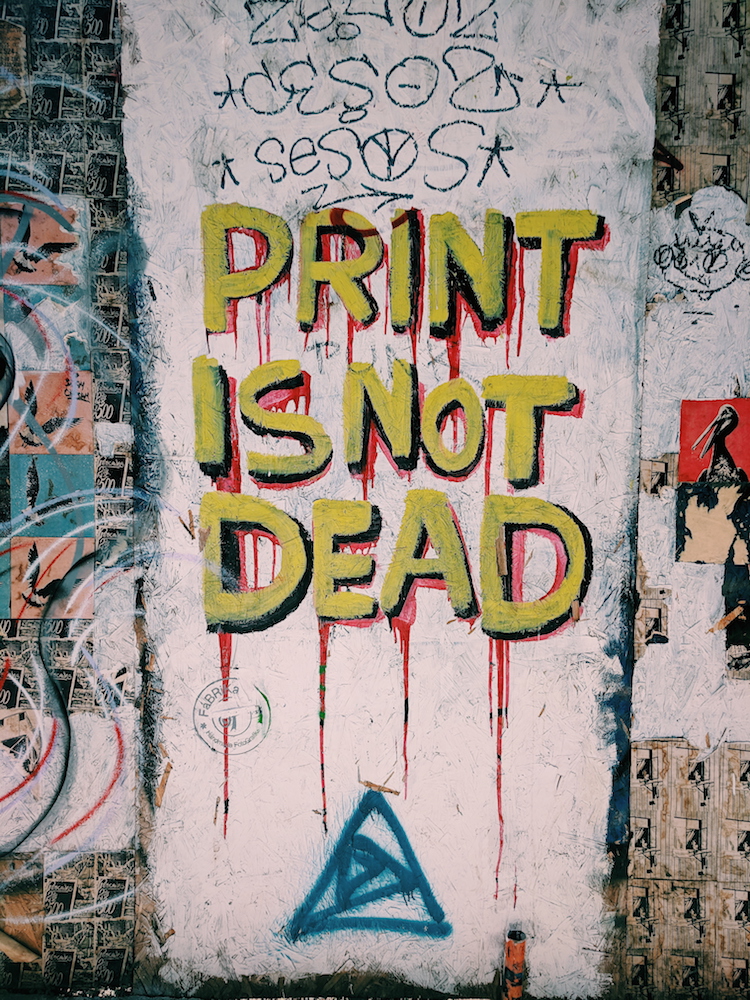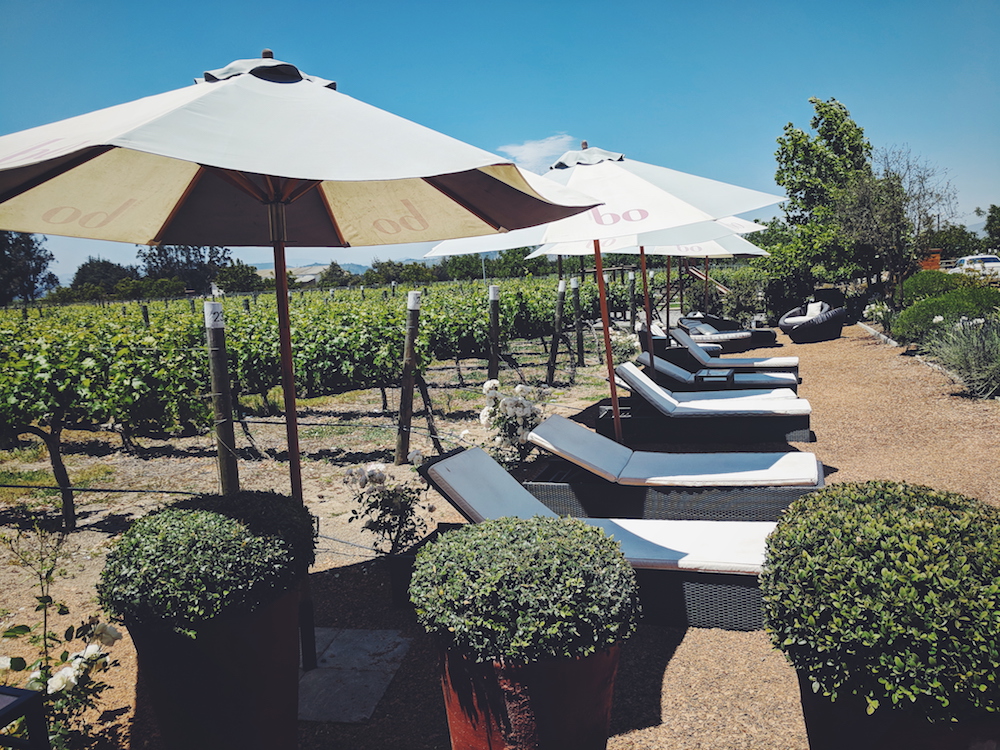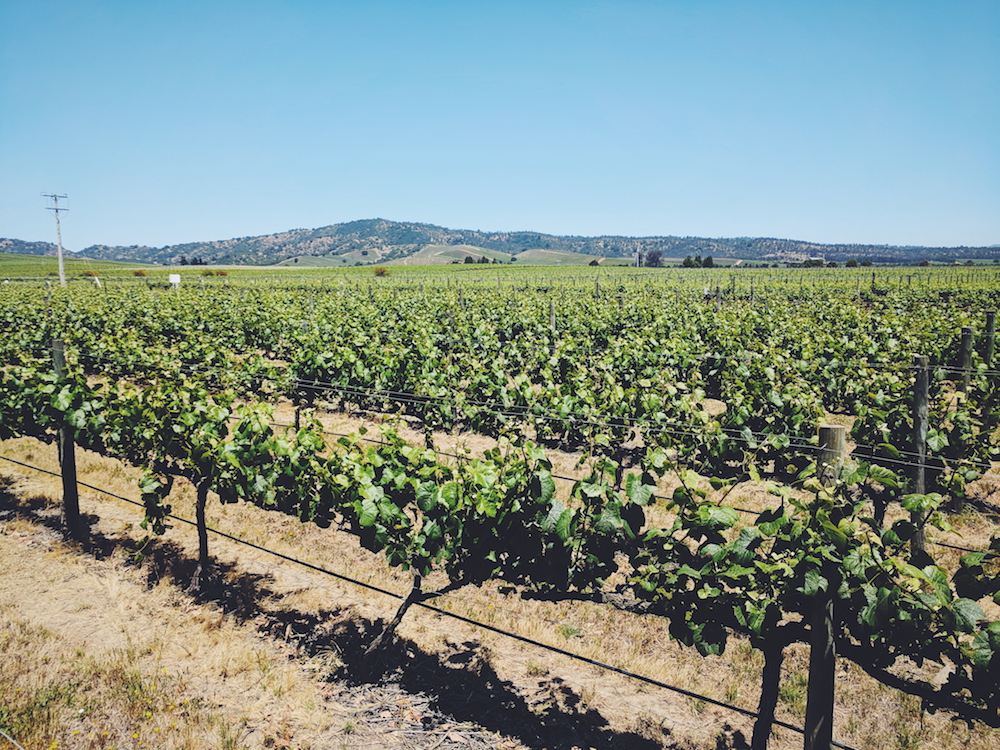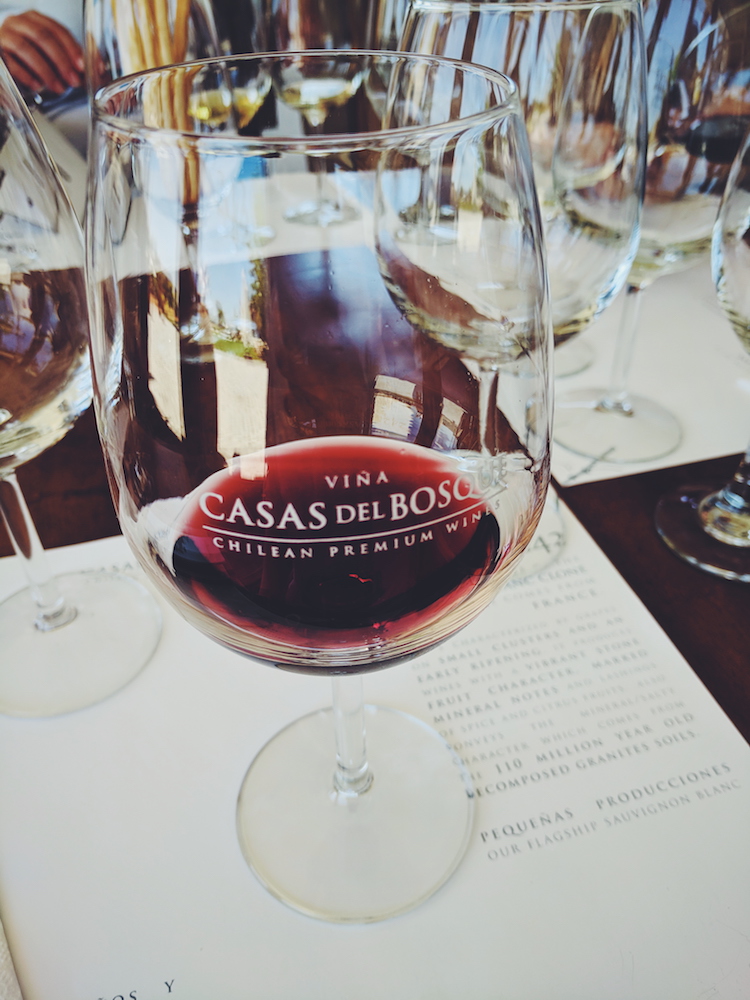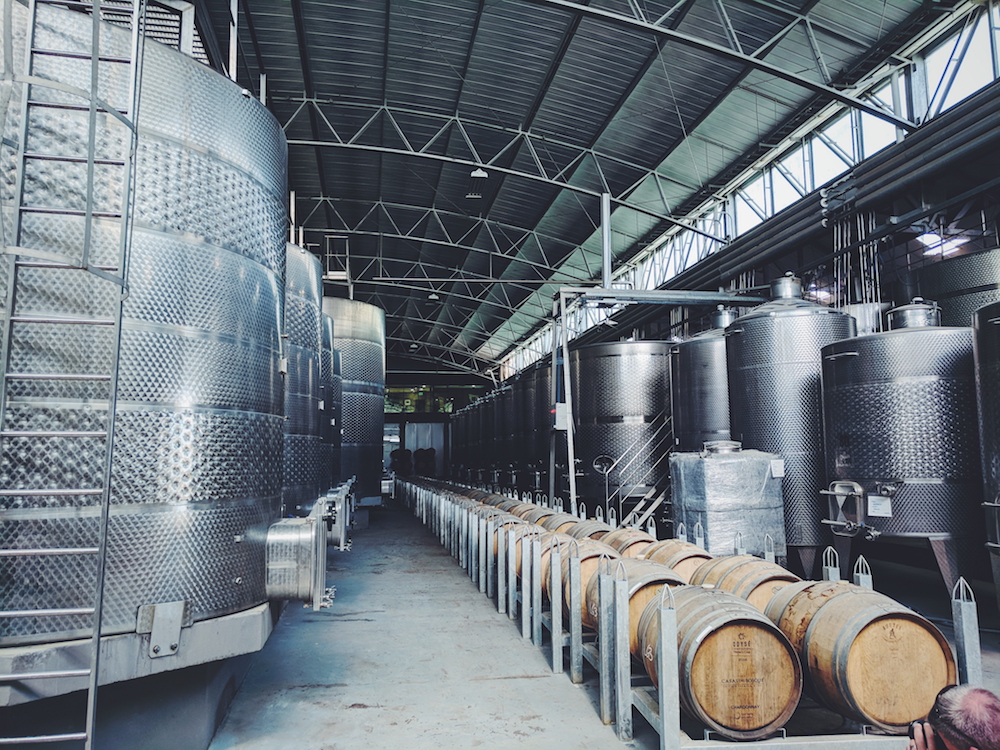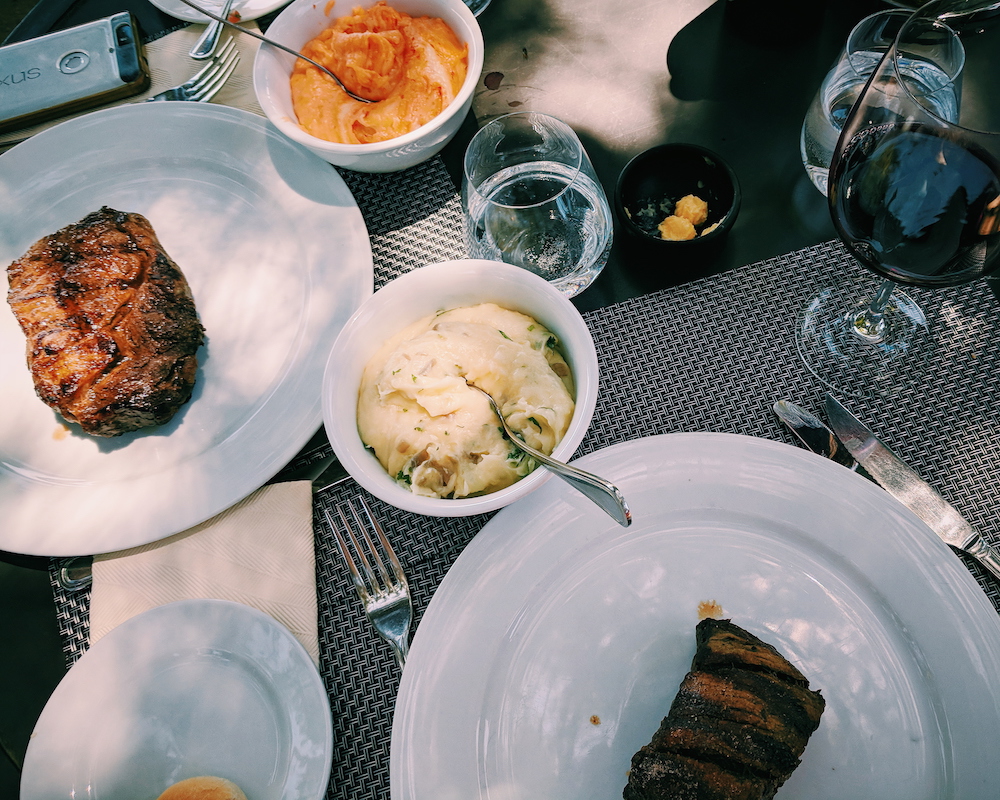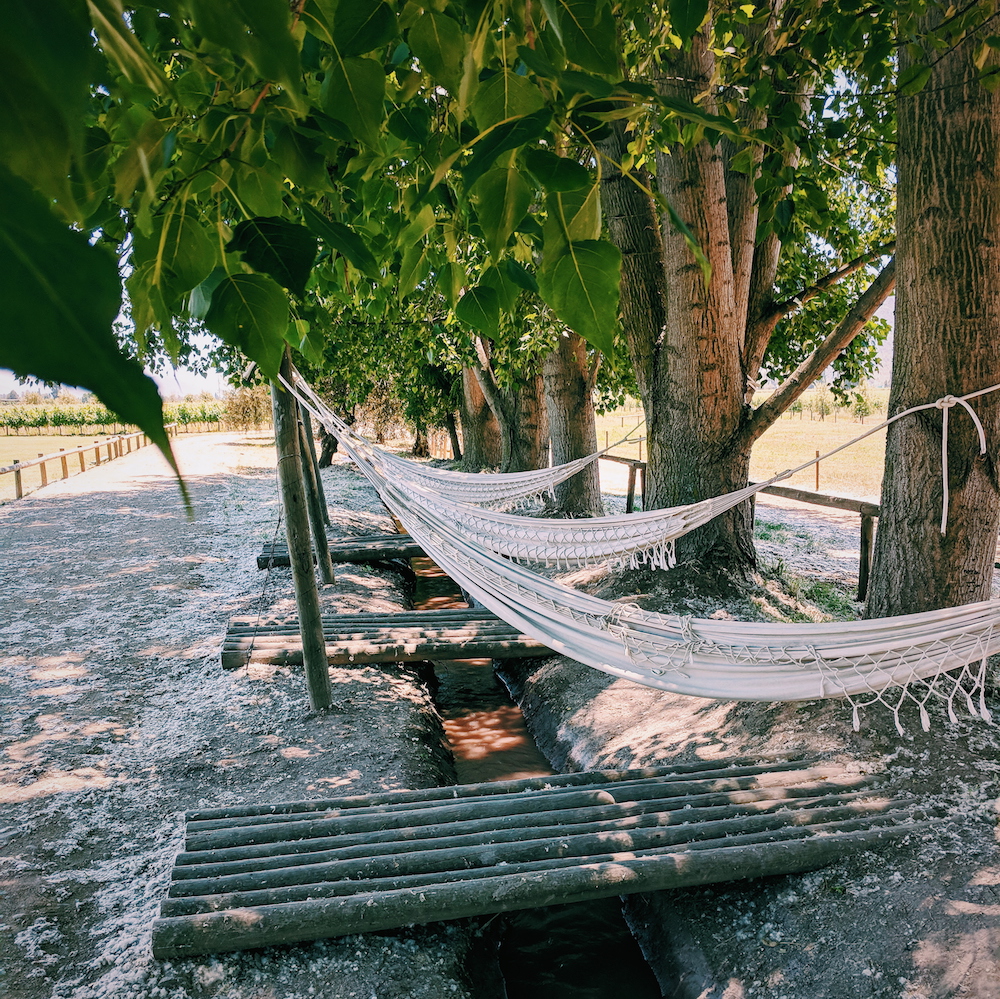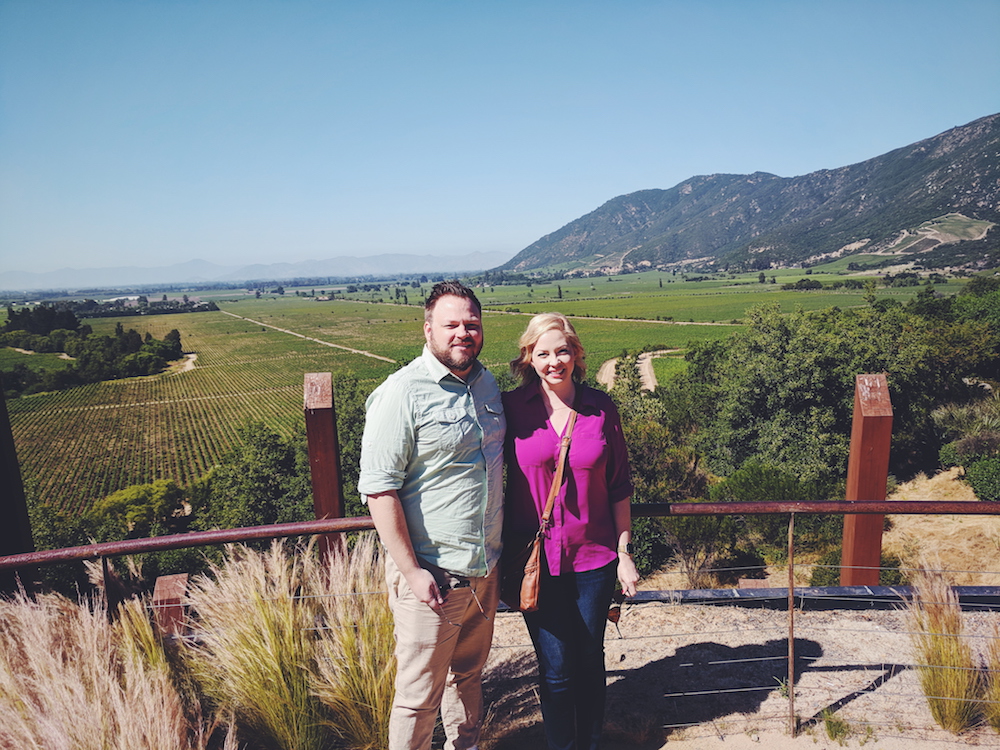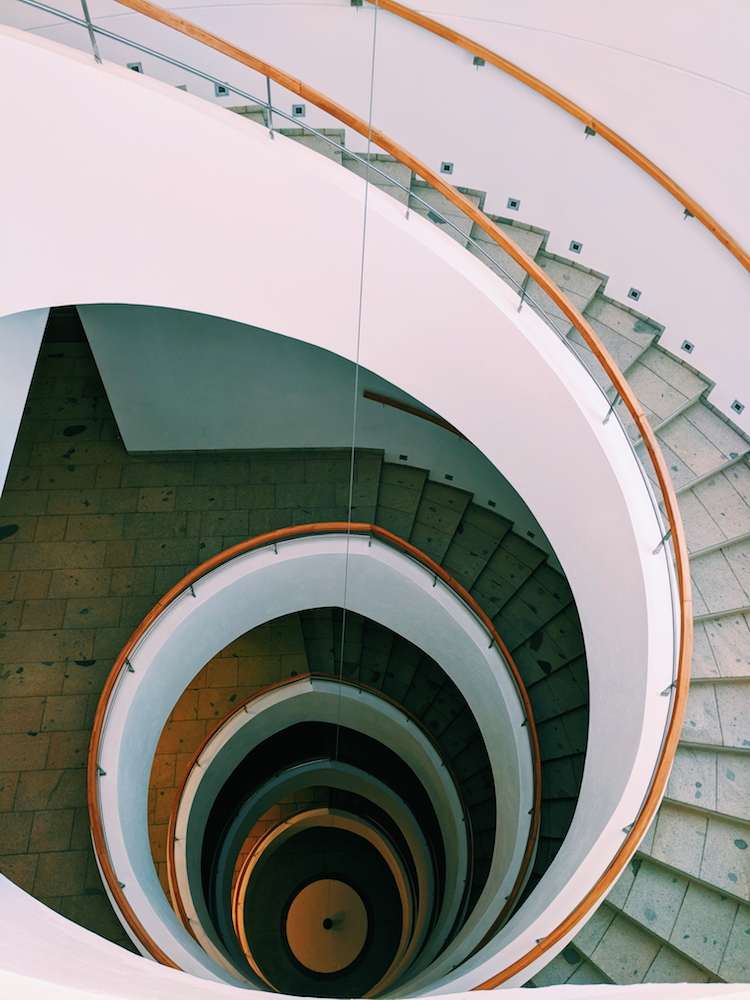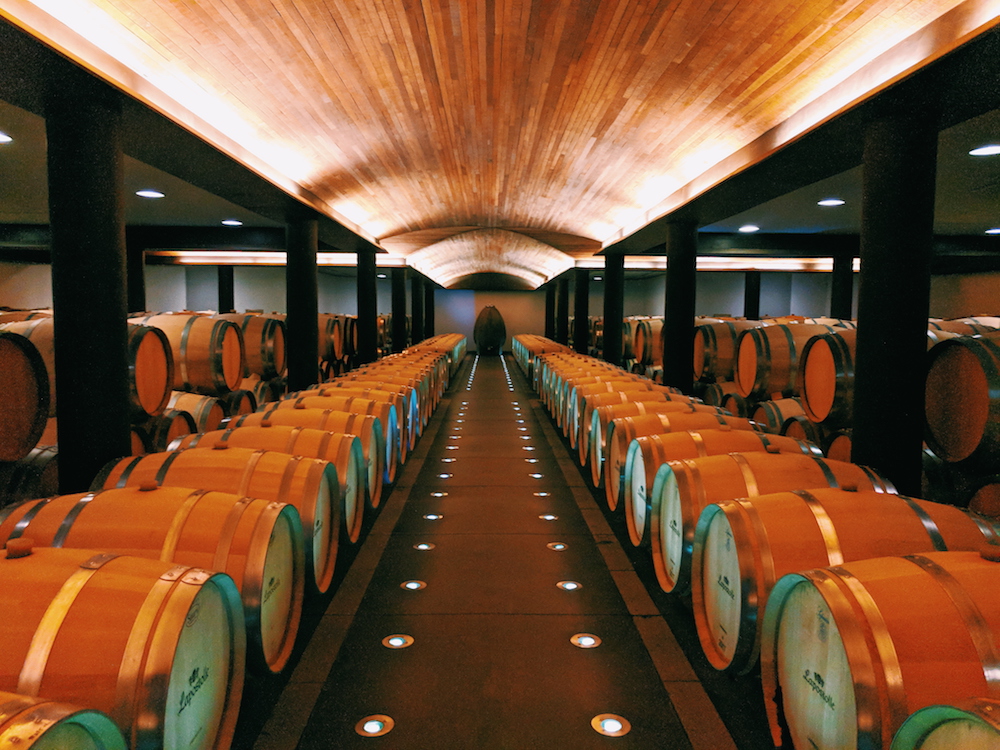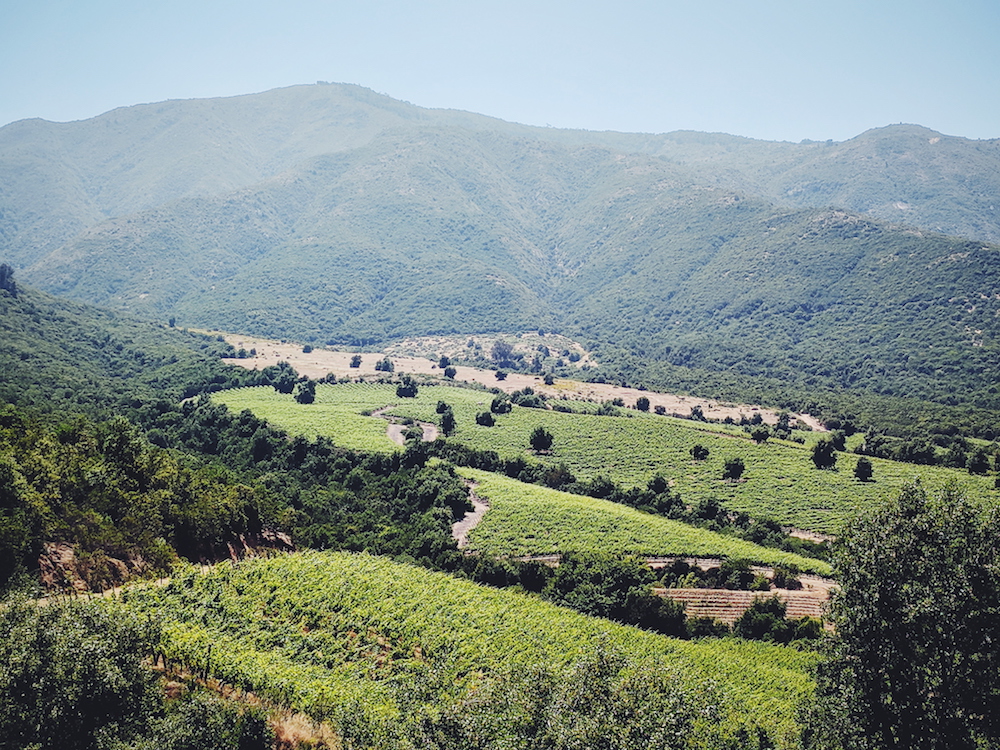3 ways Chile will inspire your inner artist
My recent trip to South America kicked off with a week in Chile: Valparaíso, Santa Cruz, and Santiago. Given that I had six days of soaking up Buenos Aires (the Paris of South America) to look forward to, I didn't expect to leave Chile just as creatively inspired as I would Argentina. But there's something in the water there.
And on the walls. And probably in the wine.
You'll see.
"Valparaiso, how absurd you are, what a lunatic, crazy port, what a head - rolling hills, disheveled, you never finished combing your hair, you’ve never had time to get dressed, life has always surprised you..."
- Pablo Neruda, Ode to Valparaíso
1. Discover quirky street art around every corner in Valparaíso
No trip to Chile is complete without spending a few days in the scruffy, seaside city of Valparaíso. Its history as a major port for travelers from all over the world gives it a diverse set of influences that forged a unique and creative identity. There is no stone wall untouched by murals and street art in Valparaíso - the historic center of the city is a living museum (and in fact there is a self-guided walking tour known as Museo a Cielo Abierto, or Open Air Museum).
With its steep rolling hills and funiculars, Valpo reminded me a bit of Lisbon; with its devil-may-care, art-everywhere attitude, I got a little bit of Portland, and even San Francisco - at least how I imagined it might have been before the tech boom and influence of Silicon Valley.
A guided tour of Valparaíso is a must. There are a variety of tour companies to choose from, including Tours4Tips (tip-based) which will give you a general overview of the city and its history, and Valpo Street Art has several options if you'd like to focus a little more on the murals.
You'll see plenty of art on any tour, in any case - it's unavoidable.
How is it possible to be bombarded with so much colorful visual stimuli and not feel spurred to act on your own creative impulses? I don't care if you can't draw a stick figure. We are all creative in our own unique ways.
And there is something so accessible, so democratic about street art - it's not locked away in a stuffy museum, it's right here for everyone to see and enjoy - that only underscores its power to inspire.
The famous poet Pablo Neruda also kept a home in Valpo, which is now a museum you can visit. I didn't have time to make it there this trip, but I heard from several random people that it's worth going, even if you're not all that familiar with Neruda's work, as his historic home is fascinating to see.
2. Drink in the sunshine (and delicious wine) in Casablanca + Colchagua valleys
Valparaíso is about an hour and a half drive from Santiago via Ruta 68, so we rented a car at the Santiago airport and made our way there after arriving from our overnight flight from Dallas, stopping in the Casablanca wine region briefly along the way.
Our main objective was to hit Casas del Bosque, well known for its crisp Sauvignon Blancs, for lunch, a wine tasting, and a tour. (Note: I attempted to make a reservation via email, but never heard back - this is pretty common; we decided to just show up, and were able to get in easily anyway.)
Some other travelers raved about nearby Kingston (and in fact our tour guide in Valpo also later mentioned it) but we were road-weary and eager to check into the hotel in Valpo, at that point just another half hour's drive away.
After spending 2 nights in Valpo, we took a scenic drive through the Chilean countryside to Santa Cruz, a sleepy and very small town that serves as the home base for the Colchagua Valley wine region. There aren't many (if any) true hotels here, mostly quaint bed and breakfasts. In town, most everything commercial (restaurants, bars, shops) is centered around Plaza de Armas, but the entire town center is residential and quite walkable.
We had dinner at La Famiglia de Santis, which was one of the most delicious meals I had in Chile - really well executed, authentic Italian. (And given that I follow a strict low carb lifestyle at home, when I'm not traveling... your girl needed some gnocchi.)
I enjoyed Casablanca and found it a worthwhile stop en route to Valparaíso, but if I had to choose, Colchagua Valley was the true standout for me as a travel experience, just for the scenery alone.
I was blown away by its beauty.
Seriously. You'd be forgiven for soaking in the lush green rolling hills of Colchagua Valley, lined by grapevines and olive trees, and thinking for a moment that you got on the wrong plane - and accidentally traveled to Tuscany.
Pictured above: a leisurely lunch at Viu Manent winery - the steak was juicy and the mashed potatoes were maybe the best of my life.
And, look. Wine is well-known among artists and writers as a creative lubricant and instigator of new ideas. What better way to seek inspiration than to savor a variety of Chile's finest wines on your palate and discover your favorite? Set against this serene, lush backdrop, and complemented by well-paired appetizers that given new dimension to each wine, a visit to the Colchagua Valley is exactly the kind of experience that will breathe new life into you.
Poof. ✨ Writer's block, be gone.
Pictured above: Lapostolle winery
I may need to seek Argentina's forgiveness for this, but I found Colchagua Valley to be even more beautiful and breathtaking than Mendoza. The most beautiful winery we visited - and one I think everyone considers a must - is Lapostolle. The wine is delicious, but go for the views if nothing else! Reservations are required and can be made over email.
👉 Word to the wise. If you rented a car and plan to do some wine tasting, please be aware that Chile has a zero tolerance rule for driving under the influence. One drink is one too many if you'll get behind the wheel here, and even if you're well under the legal limit in your home country, breaking the law in another is not something you want to risk. There are several tour companies that can take the driving off your hands if you'd rather not worry about it, or just make sure someone is ready to spit out their wine instead of imbibing.
3. Contemplate life as an expat in Santiago
When I travel, I often have an ulterior motive beyond thrill-seeking, relaxation and escapism. I'm constantly scoping out travel destinations as potential places to eventually make my home as an expat.
Though living in the US has its perks (ones I know I'd at times crave returning to) and I love my country and cherish my American passport... I still would love the opportunity to live abroad again someday, even if just for a few years. I spent 5 years of my childhood in Germany thanks to the military and studied for a semester in Florence, Italy many years ago. Since then, the urge to spend more than just a few days or weeks somewhere - to really live in the kind of place I currently only travel to - remains strong.
Santiago has always been pretty high on my list of potential places to live. It checks a lot of boxes. Relative to many other South American cities, its economy is stable, it's pretty safe, and it's overall a quite livable city. It's convenient especially for North American expats due to time zone alignment and a decently large English speaking expat community. It's a bit more expensive than many other cities on the continent, and it has its share of problems (pollution, congestion, urban sprawl, etc.). But on the whole, it's widely considered one of the easiest and best cities to live in within South America.
Unfortunately, I only carved out enough time for 1 night in Santiago. This was purposeful, as I had 2 and a half weeks to squeeze in Chile, Argentina, and a brief stop in Montevideo. Plus, I wanted to spend more time in Buenos Aires for a similar purpose.
Santiago is not the most exciting city for tourists, as it doesn't have a ton of typical tourist attractions. I'd recommend more than the 1 night I spent, but you can probably do it in 2 if you're short on time. Either way, it's worth staying a few days before making your way to Valparaiso or the wine regions.
If it's your first trip to South America, Santiago - with its historic European-influenced architecture and abundant parks and green spaces - could inspire and embolden you.
It may get your mental gears turning about how realistic it might be for you to live abroad someday. Maybe even someday soon.
It might provoke you to think more creatively about your future, and to design the kind of life you've dreamed about.
Like this? Pin it!
